Home>Technology>Home Office Tech>What Is A Level 3 Charging Station
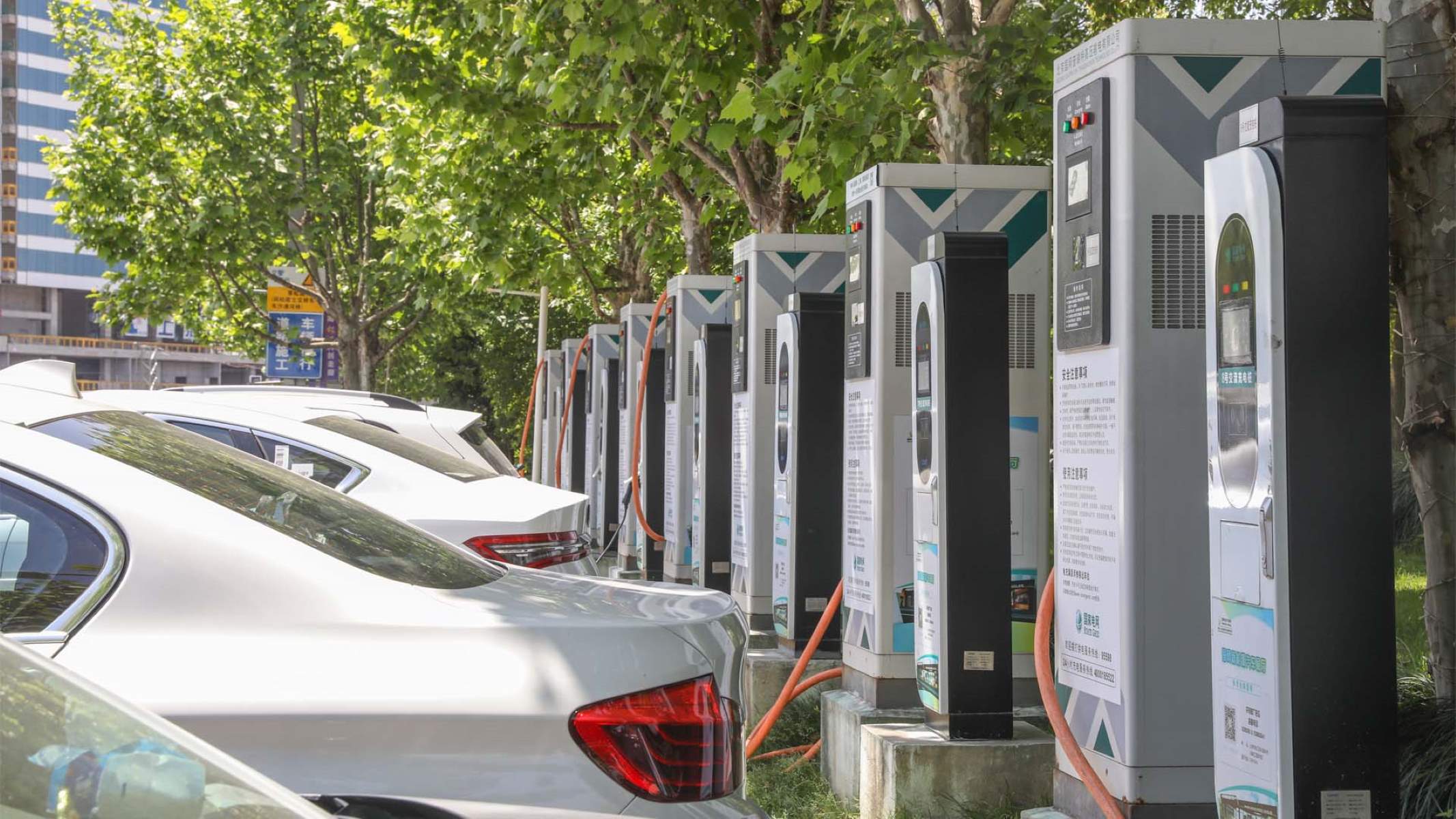

Home Office Tech
What Is A Level 3 Charging Station
Modified: January 9, 2024
Discover the benefits of a Level 3 charging station for your home or office tech setup. Fast and efficient charging for electric vehicles. Find out more!
(Many of the links in this article redirect to a specific reviewed product. Your purchase of these products through affiliate links helps to generate commission for Storables.com, at no extra cost. Learn more)
Introduction: Defining Level 3 Charging Stations
Defining Level 3 Charging Stations
Level 3 charging stations, also known as DC fast chargers, represent a significant advancement in the realm of electric vehicle (EV) charging infrastructure. Unlike Level 1 and Level 2 chargers, which are primarily found in residential and commercial settings, Level 3 charging stations are designed to provide rapid charging capabilities, significantly reducing the time required to recharge an electric vehicle.
Level 3 charging stations are characterized by their high-power output, enabling EVs to be charged at a much faster rate compared to Level 1 and Level 2 chargers. These stations are typically equipped with direct current (DC) chargers, as opposed to the alternating current (AC) chargers commonly found in Level 1 and Level 2 setups.
The defining feature of Level 3 charging stations is their ability to deliver a substantial amount of electrical power to the vehicle's battery, resulting in significantly reduced charging times. This rapid charging capability distinguishes Level 3 charging stations as a crucial component of the evolving EV infrastructure, catering to the growing demand for efficient and convenient charging solutions.
Level 3 charging stations are often strategically located along major transportation routes, such as highways and interstates, to facilitate long-distance travel for electric vehicle owners. This positioning enhances the practicality and feasibility of electric vehicles for extended journeys, addressing one of the key concerns associated with EV adoption – range anxiety.
Furthermore, the deployment of Level 3 charging stations contributes to the broader goal of promoting sustainable transportation by making electric vehicles more accessible and appealing to a wider audience. As the automotive industry continues its shift towards electrification, the role of Level 3 charging stations becomes increasingly pivotal in supporting the widespread adoption of electric vehicles.
In the subsequent sections, we will delve deeper into the characteristics, benefits, challenges, and future prospects of Level 3 charging stations, shedding light on their significance in shaping the landscape of electric vehicle infrastructure.
Key Takeaways:
- Level 3 charging stations are like super-fast fueling stations for electric cars, making it possible to charge an EV in as little as 30 minutes. They’re strategically placed along highways for long-distance travel convenience.
- While Level 3 charging stations offer rapid charging benefits, their implementation comes with challenges like infrastructure requirements and cost implications. The future holds promise with advancements and integration with smart grid technologies.
Read more: What Is Level 2 Charging Station
Understanding Level 3 Charging
Level 3 charging stations possess distinctive characteristics that set them apart from their Level 1 and Level 2 counterparts, fundamentally altering the charging experience for electric vehicle owners.
Characteristics of Level 3 Charging
One of the primary defining characteristics of Level 3 charging stations is their ability to deliver high-voltage direct current (DC) power to electric vehicles. This high-power output enables rapid charging, with some Level 3 chargers capable of providing a full charge in as little as 30 minutes, depending on the vehicle’s battery capacity and charging specifications. The accelerated charging rate offered by Level 3 stations significantly reduces the time required to replenish an electric vehicle’s battery, enhancing the overall convenience and practicality of electric vehicle ownership.
Moreover, Level 3 charging stations are engineered to accommodate the power demands of electric vehicles with larger battery capacities, making them well-suited for fast and efficient charging of long-range EV models. The robust infrastructure of Level 3 charging stations enables them to meet the evolving needs of the electric vehicle market, catering to the increasing prevalence of high-capacity batteries and the growing demand for extended driving ranges.
How Level 3 Charging Differs from Level 1 and Level 2
Compared to Level 1 and Level 2 chargers, which are predominantly utilized for overnight or extended charging sessions at home or in workplace settings, Level 3 charging stations offer a stark contrast in terms of charging speed and practical application. While Level 1 chargers typically operate at 120 volts AC and Level 2 chargers at 240 volts AC, Level 3 chargers deliver high-powered DC charging at voltage levels ranging from 200 to 600 volts DC, enabling rapid replenishment of an electric vehicle’s battery.
Additionally, Level 3 charging stations are designed for public use and are commonly located in high-traffic areas, such as shopping centers, public parking facilities, and along major transportation corridors. This strategic placement facilitates on-the-go charging, allowing electric vehicle owners to quickly top up their vehicle’s battery while engaging in daily activities or embarking on longer journeys.
The distinctive characteristics of Level 3 charging stations redefine the charging paradigm for electric vehicles, offering rapid and convenient charging solutions that align with the evolving needs and expectations of electric vehicle owners. In the following sections, we will explore the benefits, challenges, and future prospects associated with Level 3 charging, providing a comprehensive overview of its impact on the electric vehicle ecosystem.
Benefits of Level 3 Charging
Level 3 charging stations offer a host of advantages, primarily centered around their rapid charging capabilities and the heightened convenience they provide to electric vehicle owners.
Rapid Charging Capabilities
One of the most compelling benefits of Level 3 charging stations is their ability to deliver rapid charging, significantly reducing the time required to replenish an electric vehicle’s battery. With charging rates capable of providing a substantial charge in as little as 30 minutes, Level 3 chargers offer unparalleled speed and efficiency, revolutionizing the charging experience for electric vehicle owners. This rapid charging capability not only addresses the practical concerns associated with electric vehicle usage, such as range anxiety and extended charging durations but also enhances the overall appeal and feasibility of electric vehicles as a viable mode of transportation.
Furthermore, the rapid charging capabilities of Level 3 stations play a pivotal role in facilitating long-distance travel for electric vehicle owners. By strategically locating Level 3 charging stations along major transportation routes, such as highways and interstates, electric vehicle drivers can access rapid charging infrastructure to support their journeys, effectively mitigating concerns related to range limitations and enabling seamless travel experiences.
Increased Convenience for Electric Vehicle Owners
Level 3 charging stations significantly enhance the convenience of electric vehicle ownership by offering swift and accessible charging solutions. Unlike Level 1 and Level 2 chargers, which are primarily utilized for overnight or extended charging sessions, Level 3 stations cater to the on-the-go charging needs of electric vehicle owners, aligning with the dynamic and fast-paced nature of modern lifestyles.
Electric vehicle owners can leverage Level 3 charging stations to quickly top up their vehicle’s battery while engaging in daily activities, such as shopping, dining, or running errands, without enduring prolonged waiting periods typically associated with slower charging methods. This heightened convenience fosters a seamless integration of electric vehicles into everyday routines, empowering drivers with the freedom to efficiently manage their charging needs without disrupting their schedules.
The benefits of Level 3 charging, encompassing rapid charging capabilities and increased convenience, underscore the transformative impact of this advanced charging infrastructure on the electric vehicle landscape. In the subsequent sections, we will explore the challenges and considerations associated with implementing Level 3 charging stations, as well as the future prospects and innovations driving the evolution of this pivotal component of electric vehicle infrastructure.
A Level 3 charging station, also known as a DC fast charger, can charge an electric vehicle to 80% in about 30 minutes. These stations are great for long trips or when you need a quick charge.
Challenges and Considerations
While Level 3 charging stations offer compelling benefits, their implementation and widespread adoption are accompanied by notable challenges and considerations, primarily pertaining to infrastructure requirements and cost implications.
Infrastructure Requirements
Deploying Level 3 charging stations necessitates substantial infrastructure investments to accommodate the high-power demands and technical specifications of these rapid charging facilities. Unlike Level 1 and Level 2 chargers, which can often utilize existing electrical infrastructure in residential and commercial settings, Level 3 charging stations require specialized equipment, including high-voltage power distribution systems and robust electrical connections capable of delivering direct current (DC) power at elevated voltage levels.
Furthermore, the strategic placement of Level 3 charging stations along major transportation routes and in densely populated areas necessitates careful planning and coordination with local authorities and utility providers to ensure seamless integration with the existing electrical grid. Addressing infrastructure requirements involves meticulous site selection, electrical capacity assessments, and coordination with utility companies to facilitate the installation and operation of Level 3 charging stations, presenting a multifaceted challenge in the expansion of rapid charging infrastructure.
Cost Implications for Implementing Level 3 Charging Stations
The implementation of Level 3 charging stations entails significant cost implications, encompassing the procurement and installation of high-powered charging equipment, site preparation, electrical infrastructure upgrades, and ongoing operational expenses. The substantial upfront investment required for deploying Level 3 charging stations, particularly in high-traffic and strategically positioned locations, presents a financial barrier that necessitates careful consideration and strategic planning.
Moreover, the operational costs associated with maintaining and servicing Level 3 charging stations, including electricity expenses, maintenance, and support infrastructure, contribute to the overall cost considerations. Balancing the need for widespread accessibility and the financial viability of Level 3 charging infrastructure requires a comprehensive assessment of the long-term economic implications and the development of sustainable business models to support the continued expansion and operation of rapid charging facilities.
The challenges and considerations surrounding infrastructure requirements and cost implications underscore the complexity of implementing and scaling Level 3 charging stations, highlighting the need for strategic collaboration, innovative solutions, and sustainable approaches to overcome these hurdles. In the subsequent sections, we will explore the future of Level 3 charging, including advancements, innovations, and its integration with smart grid technologies, offering insights into the evolving landscape of electric vehicle infrastructure.
The Future of Level 3 Charging
The future of Level 3 charging encompasses advancements, innovations, and the integration of smart grid technologies, shaping the trajectory of rapid charging infrastructure and its pivotal role in the evolving landscape of electric vehicle adoption.
Advancements and Innovations
Ongoing advancements in rapid charging technology are poised to enhance the efficiency, reliability, and accessibility of Level 3 charging stations. Innovations in charging protocols, battery management systems, and power electronics are driving the evolution of rapid charging solutions, aiming to optimize charging performance, minimize charging times, and support the diverse range of electric vehicle models with varying battery capacities.
Furthermore, research and development efforts focused on enhancing the interoperability of Level 3 charging equipment, standardizing charging interfaces, and streamlining user experiences are instrumental in fostering a seamless and user-friendly rapid charging ecosystem. These advancements aim to eliminate barriers to rapid charging adoption, increase user confidence, and promote the widespread accessibility of Level 3 charging infrastructure.
Integration with Smart Grid Technologies
The integration of Level 3 charging infrastructure with smart grid technologies represents a transformative convergence that holds immense potential for optimizing energy management, grid stability, and the overall sustainability of electric vehicle charging. Smart grid integration enables dynamic load management, demand response capabilities, and grid-balancing functionalities, empowering Level 3 charging stations to operate in harmony with the broader energy ecosystem.
By leveraging smart grid technologies, Level 3 charging stations can intelligently adjust charging rates based on grid conditions, renewable energy availability, and electricity demand patterns, contributing to the efficient utilization of renewable energy sources and minimizing the environmental impact of rapid charging operations. Additionally, bidirectional charging capabilities facilitated by smart grid integration enable electric vehicles to serve as mobile energy storage units, offering grid services and supporting grid resilience during peak demand periods.
The future of Level 3 charging is intricately linked with the seamless integration of smart grid technologies, paving the way for a sustainable, flexible, and grid-responsive charging infrastructure that aligns with the broader objectives of energy transition and decarbonization.
As Level 3 charging continues to evolve, advancements in rapid charging technology and the integration with smart grid solutions are poised to redefine the capabilities, efficiency, and environmental sustainability of rapid charging infrastructure, positioning Level 3 charging as a cornerstone of the electric vehicle ecosystem.
Read also: 9 Best Level 2 Charging Station For 2024
Conclusion
In summary, Level 3 charging stations represent a transformative advancement in electric vehicle infrastructure, offering rapid charging capabilities and addressing the evolving needs of electric vehicle owners. The advantages and future prospects of Level 3 charging stations underscore their pivotal role in shaping the landscape of electric mobility and sustainable transportation.
Level 3 charging stations provide unparalleled benefits, including rapid charging capabilities that significantly reduce the time required to replenish an electric vehicle’s battery, enhancing the practicality and appeal of electric vehicles for daily use and long-distance travel. The heightened convenience offered by Level 3 charging stations empowers electric vehicle owners with accessible and swift charging solutions, seamlessly integrating electric vehicles into modern lifestyles and promoting their widespread adoption.
Despite the challenges and considerations associated with infrastructure requirements and cost implications, the future of Level 3 charging is characterized by advancements, innovations, and the integration of smart grid technologies. Ongoing developments in rapid charging technology and the convergence with smart grid solutions are poised to optimize charging performance, enhance grid stability, and promote sustainable energy management, positioning Level 3 charging as a cornerstone of the electric vehicle ecosystem.
As the automotive industry continues its transition towards electrification, the role of Level 3 charging stations becomes increasingly significant in supporting the widespread adoption of electric vehicles and fostering a sustainable, low-emission transportation paradigm. The continued advancement and integration of Level 3 charging infrastructure are instrumental in driving the accessibility, efficiency, and environmental sustainability of electric mobility, contributing to the realization of a cleaner and more resilient transportation ecosystem.
In conclusion, Level 3 charging stations embody the promise of rapid, accessible, and sustainable electric vehicle charging, heralding a future where electric mobility is seamlessly integrated into everyday life and underpinned by a robust and responsive charging infrastructure.
Frequently Asked Questions about What Is A Level 3 Charging Station
Was this page helpful?
At Storables.com, we guarantee accurate and reliable information. Our content, validated by Expert Board Contributors, is crafted following stringent Editorial Policies. We're committed to providing you with well-researched, expert-backed insights for all your informational needs.
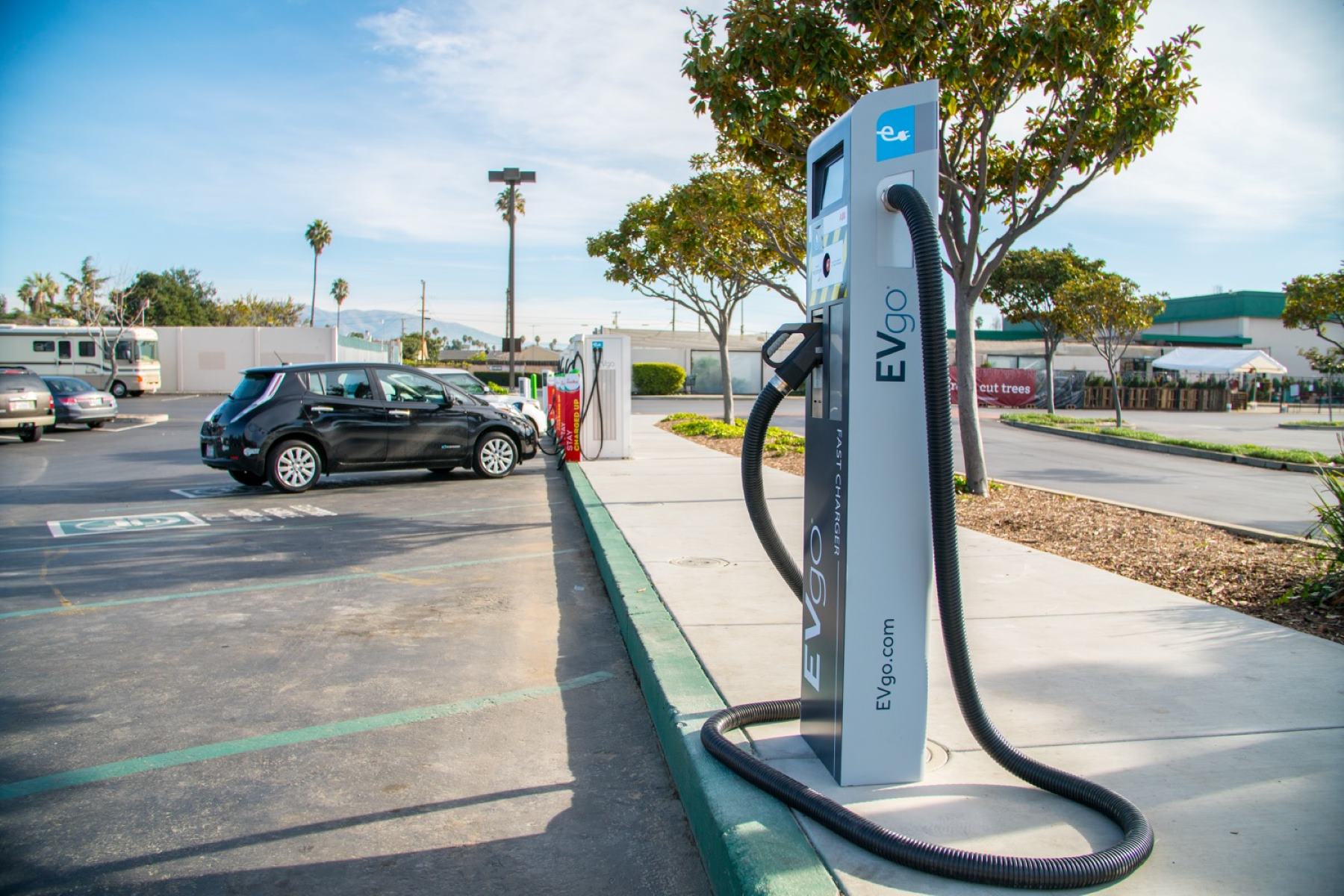
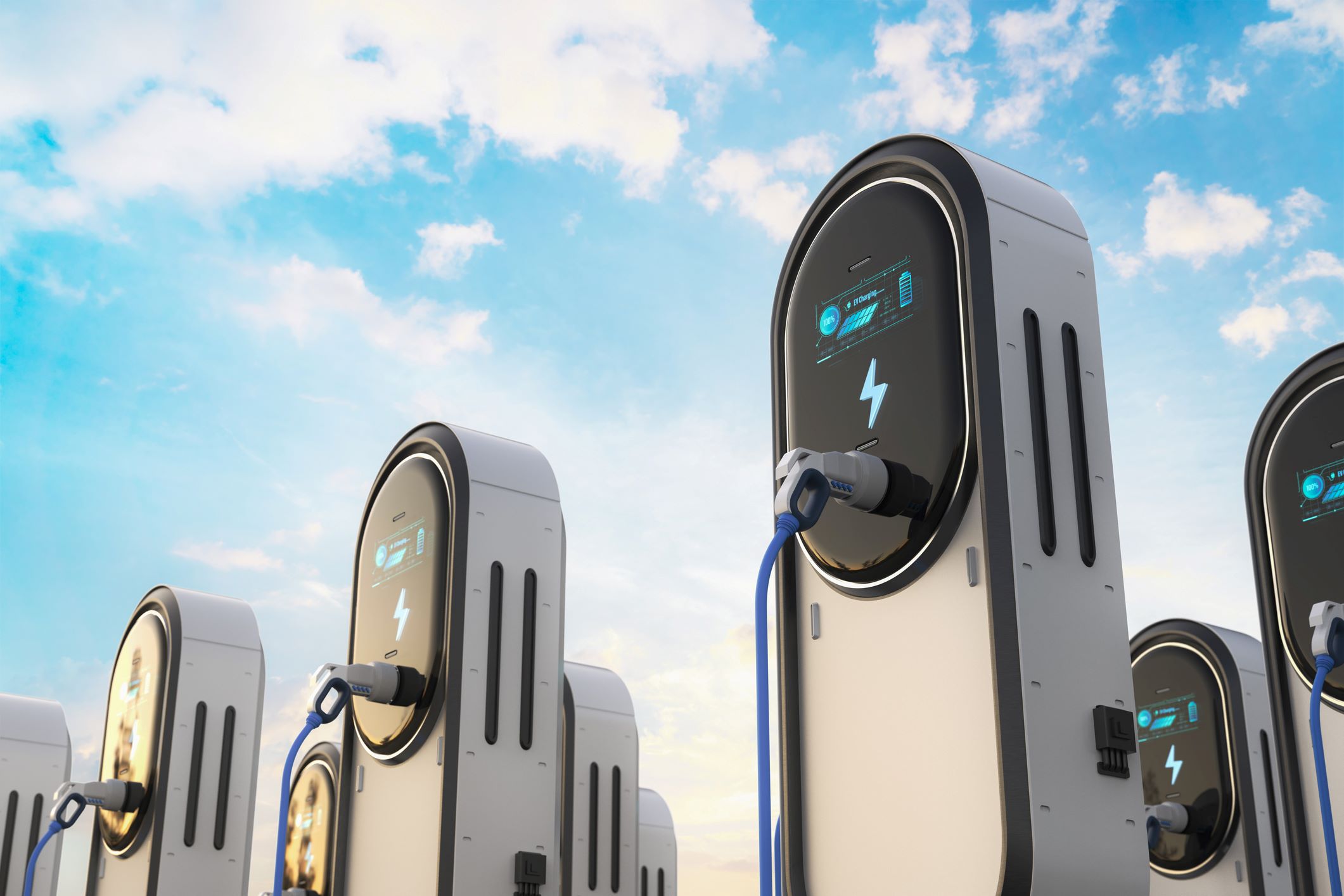



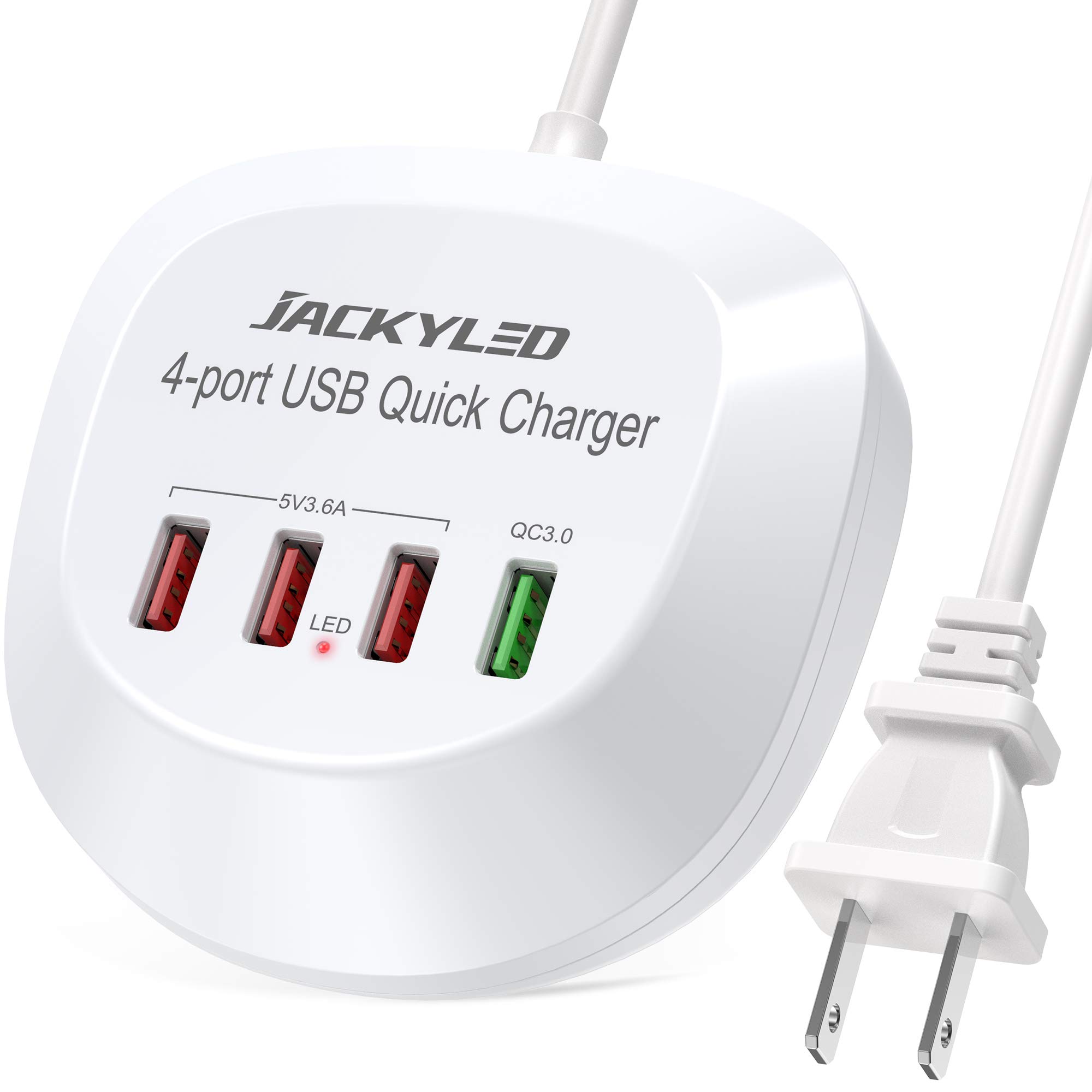
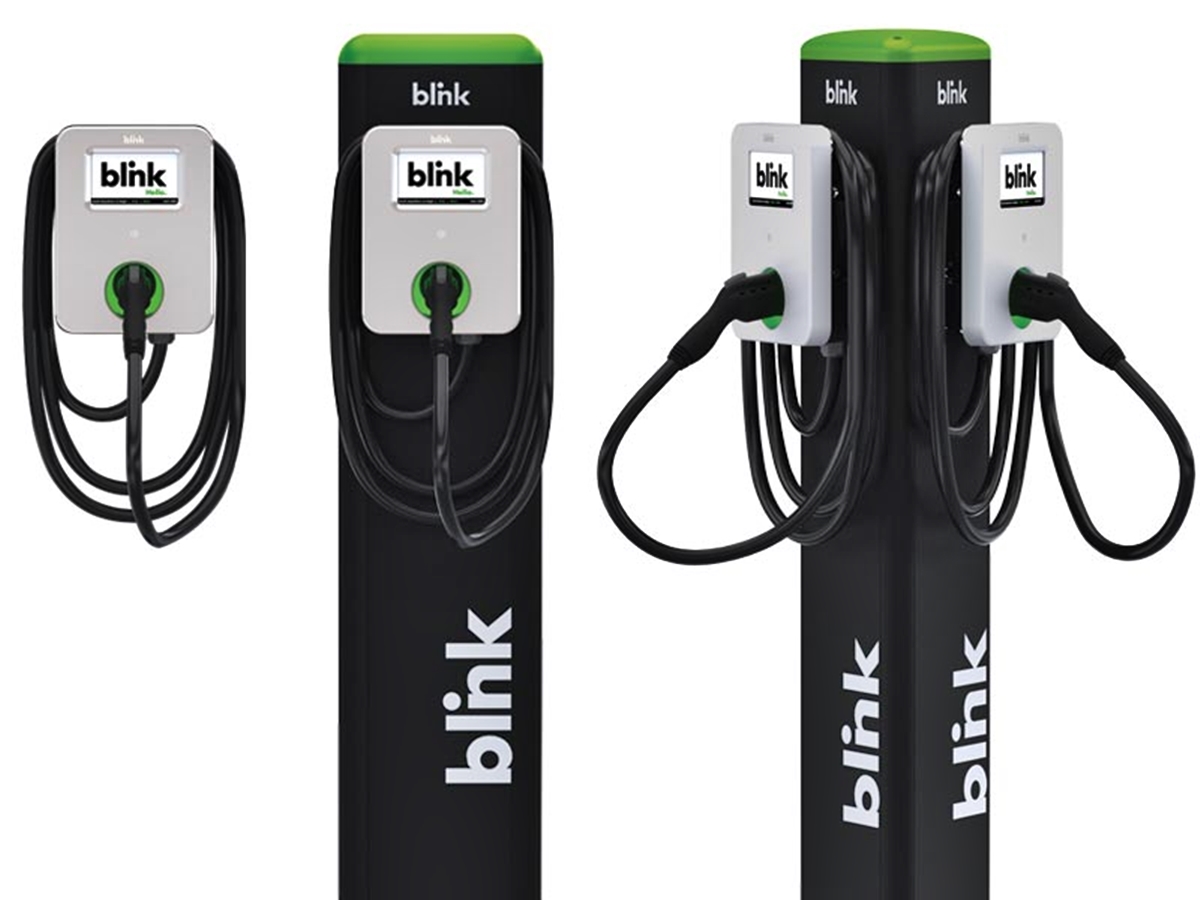
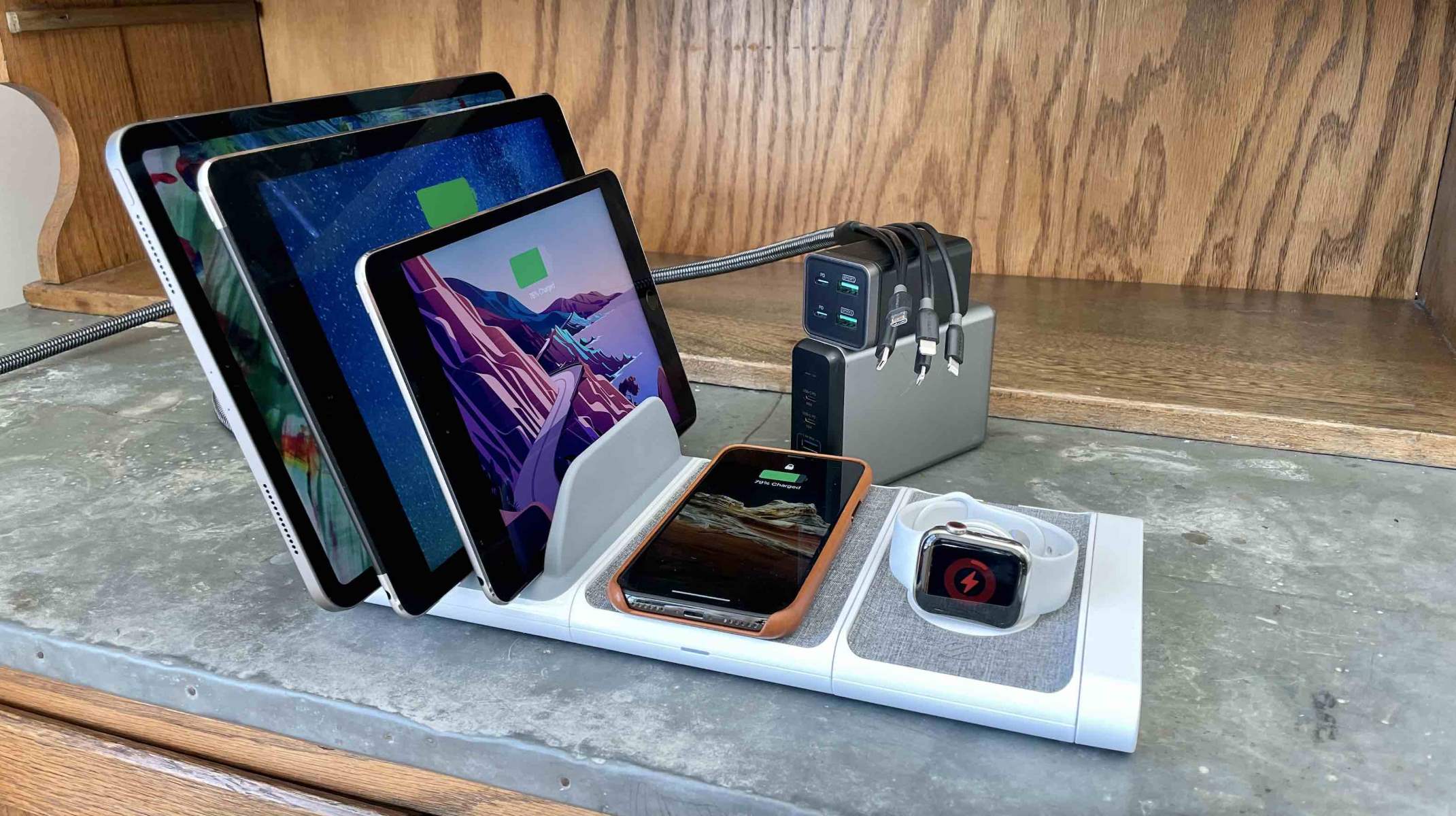
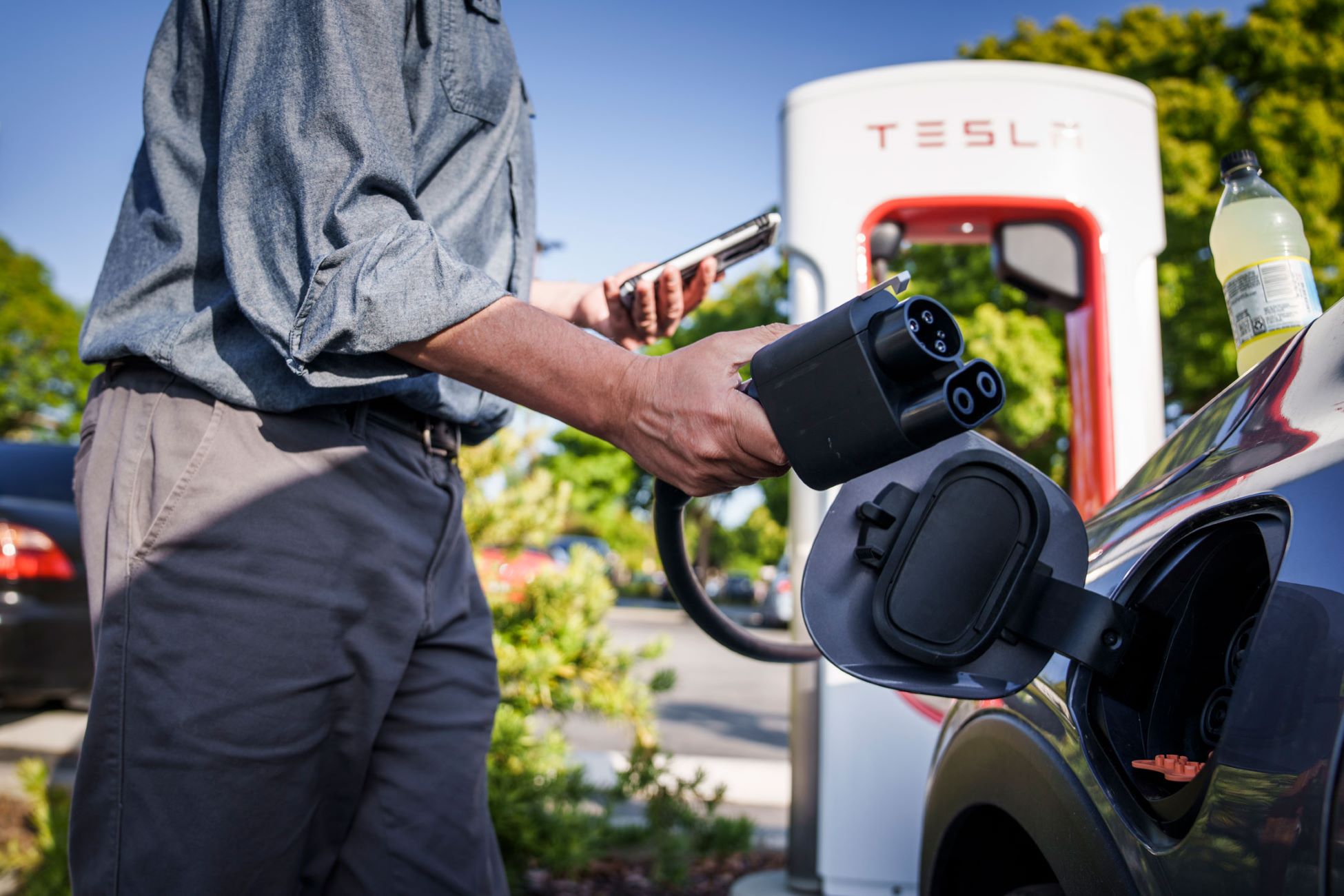
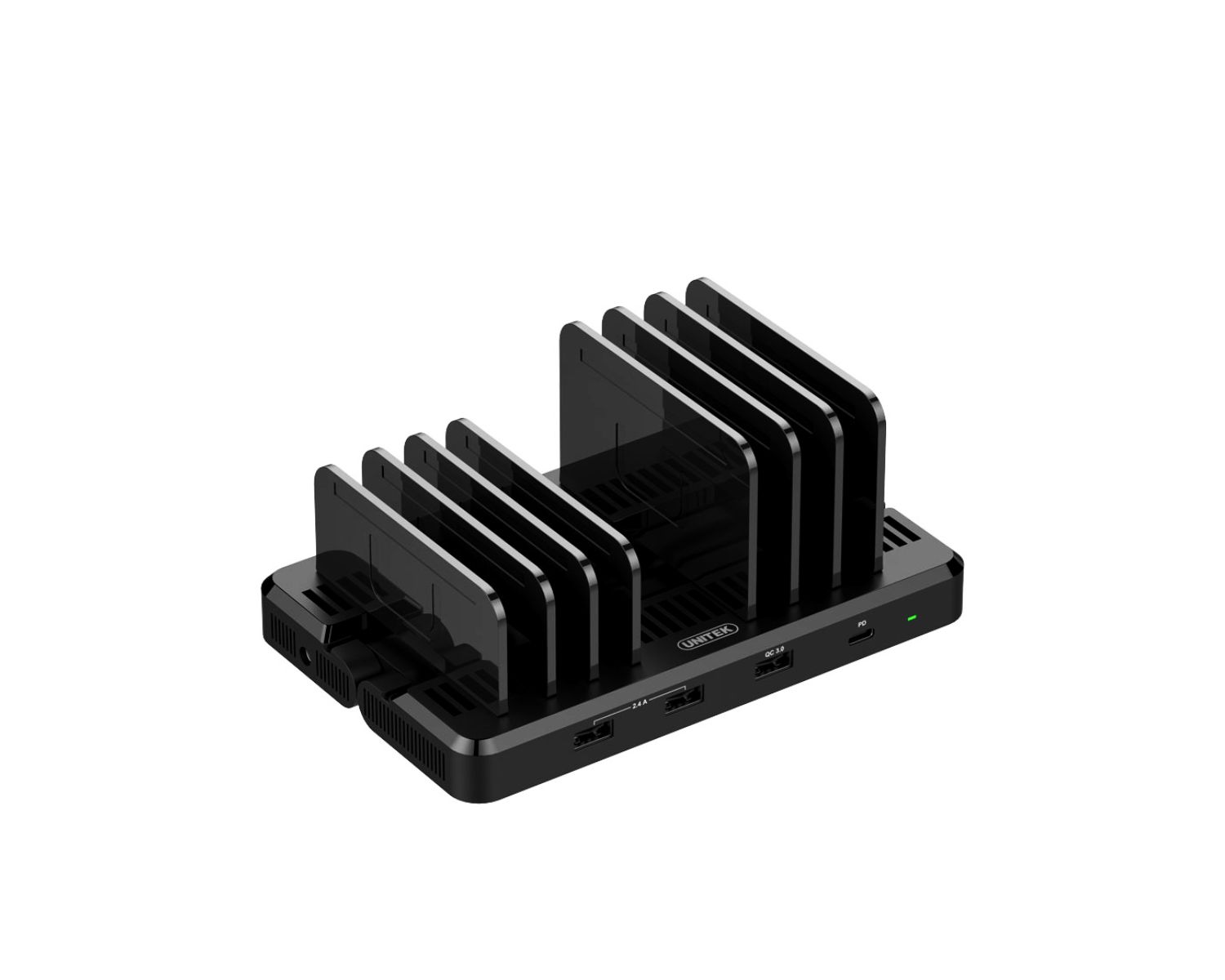

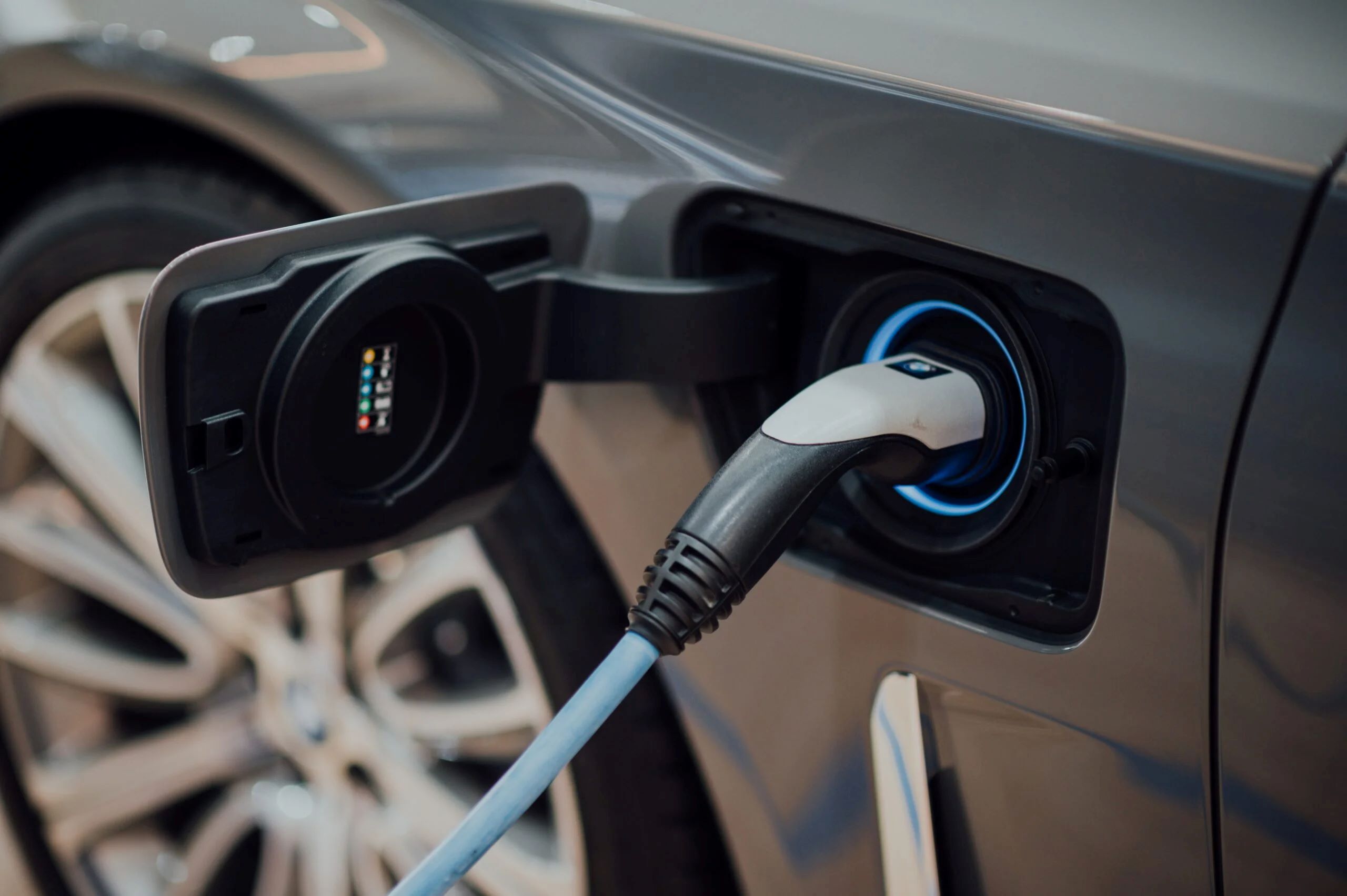

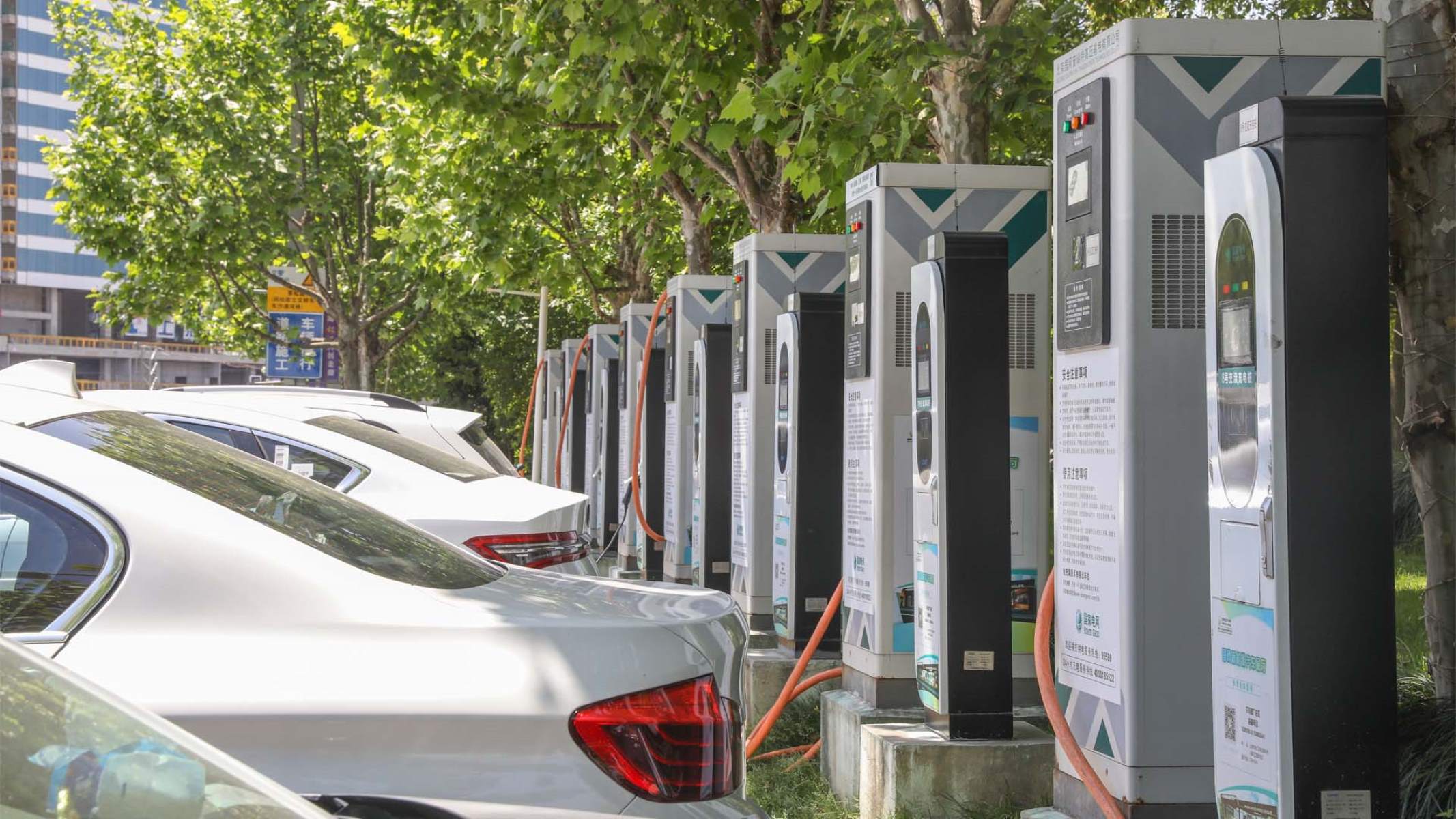

0 thoughts on “What Is A Level 3 Charging Station”